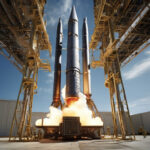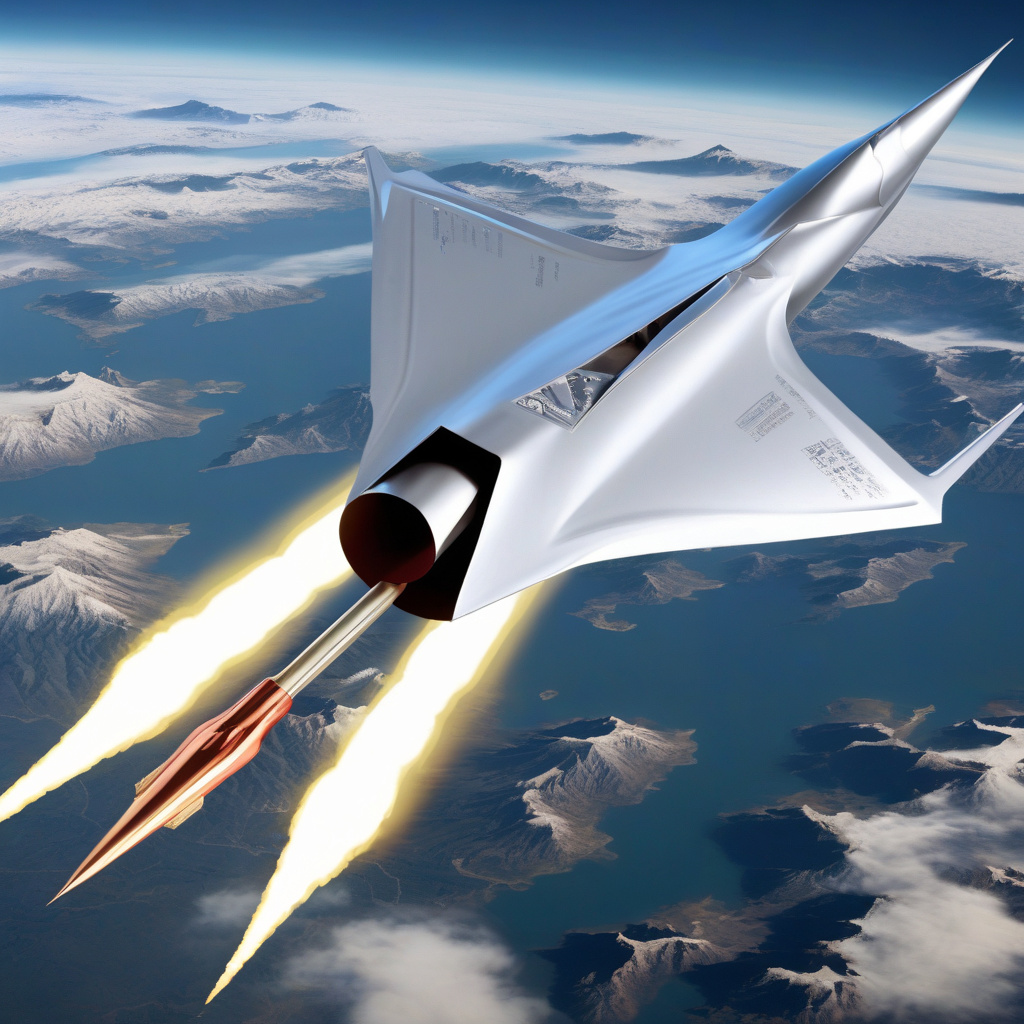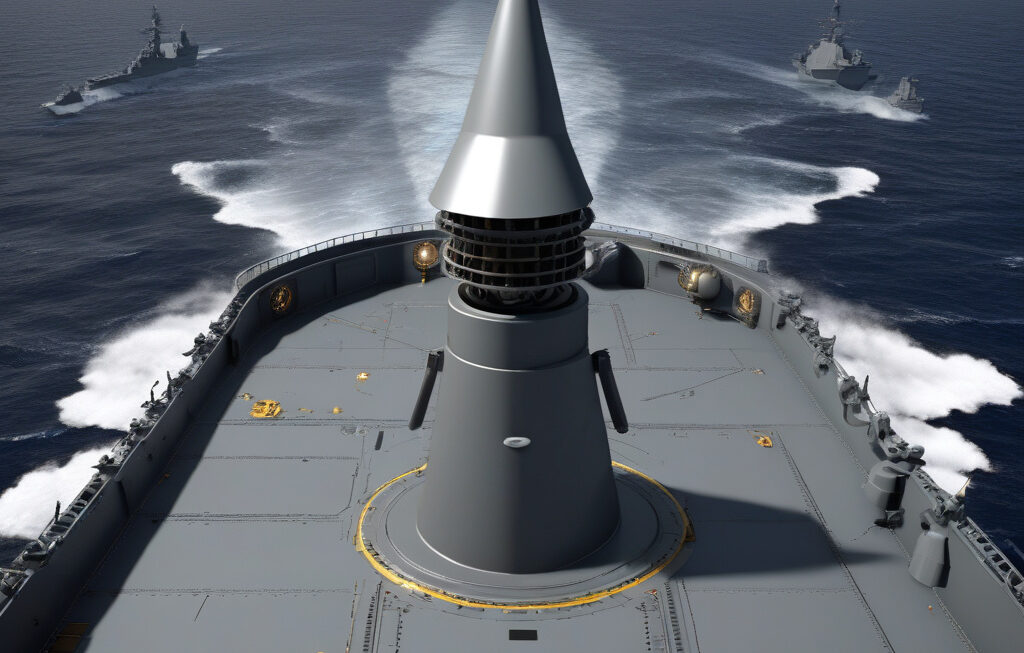China Claims Its Hypersonic Weapon with Mach 20 Speed Can Strike Global Targets in 30 Mins
Researchers in the Chinese military claimed that they can launch missiles from space using different technology than the US. One of the most recent advancements in their arsenal is the hypersonic weapon with a staggering Mach 20 speed. This technology has sparked discussions and concerns worldwide due to its capability to reach global targets in just 30 minutes.
The concept of hypersonic weapons is not entirely new, with countries like the United States and Russia also investing heavily in this area. However, China’s claim of achieving speeds 20 times faster than the speed of sound puts them at the forefront of this technological race. The implications of such a weapon are significant, as it poses a serious challenge to existing defense systems globally.
The hypersonic weapon works by traveling at incredibly high speeds within the Earth’s atmosphere, making it difficult for traditional missile defense systems to intercept. This ability to maneuver and strike with unprecedented speed and accuracy makes it a game-changer in modern warfare. With the potential to carry conventional or nuclear payloads, the hypersonic weapon adds a new dimension to China’s military capabilities.
Apart from the speed and precision of the hypersonic weapon, what sets China’s technology apart is its claim of launching these missiles from space. By utilizing space-based platforms, China can potentially bypass traditional defense mechanisms and deliver a swift and unexpected blow to any target in the world. This development raises concerns not only about the security of nations under the threat of such a weapon but also about the militarization of space.
The global response to China’s hypersonic weapon claim has been a mix of astonishment, apprehension, and calls for transparency. The speed at which China is advancing its military technology is forcing other nations to reassess their own defense strategies and capabilities. The United States, in particular, has been vocal about the need to prioritize hypersonic weapons in its defense budget to counter emerging threats.
As the race for hypersonic weapons intensifies, it is crucial for countries to engage in dialogue and establish clear guidelines to prevent a potentially catastrophic arms race. The unpredictable nature of these weapons and their ability to bypass traditional defense systems underscore the importance of international cooperation and arms control agreements.
In conclusion, China’s claim of developing a hypersonic weapon with Mach 20 speed is a significant milestone in the realm of military technology. The implications of this advancement are far-reaching and have the potential to reshape global power dynamics. As the world watches closely, it is evident that the era of hypersonic weapons has dawned, raising pressing questions about security, defense, and the future of warfare.
China, Hypersonic Weapon, Military Technology, Global Security, Arms Race












